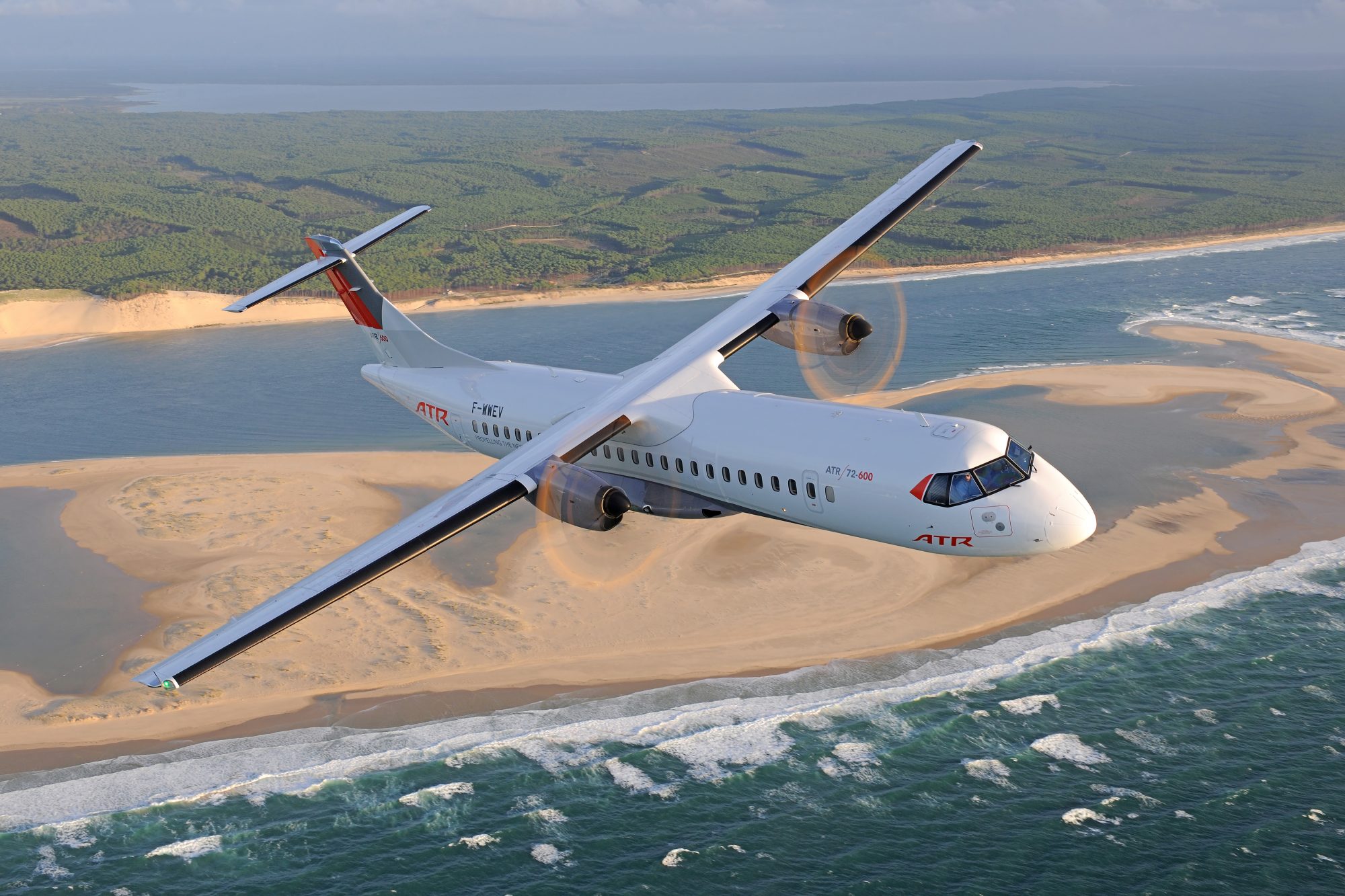ATR obtains EASA certification for the new Standard 3 avionics for the ATR -600 series
The Standard 3 will feature RNP-AR 0.3/0.3 (Required Navigation Performance with Authorisation Required) option. The addition of an Inertial Reference System provided by Thales, will allow safe operations in corridors with 0.3 NM half-width, thus enabling airlines to operate in stringent conditions, notably in mountainous areas or congested traffic environments. The previous Standard 2 offered similar 0.3 NM capacity for approach, but only 1 NM for missed approach and departure. The development of RNP-AR 0.3/0.3 has been jointly financed with Air New Zealand, who first asked ATR to look into this upgraded functionality.
For the first time ever in commercial air transport, a Synthetic Vision System (SVS) will be available in the Standard 3 avionics suite. The SVS will enable pilots to have a greater situational awareness.
The new avionics also include additional speed protections: when the aircraft reaches high or low speed limits, the crew is alerted and safe guidance is activated. In addition, customisable capabilities will be available, such as company route databases or checklists, offering the opportunity to adapt day-to-day operations to the airline expectations.
The Standard 3 can be retrofitted in ATR -600s already in service, through a simple software upgrade of the avionics suite. As of today, nearly 400 ATR -600 aircraft are operated worldwide.
Developed over the last two years, the new avionics are the result of the close cooperation between ATR and Thales. ATR, and Thales as a tier 1 system integrator, have designed a turn-key avionics system tailored to ATR -600s.
Alessandro Amendola, Senior Vice President Engineering of ATR, declared: “The new Standard 3 avionics will ease airline operations. It will contribute substantially to ensuring that ATR aircraft remain both at the cutting-edge of technology and also the most appealing regional aircraft in the market.”
Peter Hitchcock Thales VP in charge of Commercial Avionics declared, “This certification is the result of the successful partnership with ATR. We are particularly proud of contributing to the ATR-600 program and continuously improving the capabilities of the avionics suite, providing ever greater functionality to the operators of this aircraft.”
About Thales
Thales is a global technology leader for the Aerospace, Transport, Defence and Security markets. With 64,000 employees in 56 countries, Thales reported sales of €14.9 billion in 2016. With over 25,000 engineers and researchers, Thales has a unique capability to design and deploy equipment, systems and services to meet the most complex security requirements. Its exceptional international footprint allows it to work closely with its customers all over the world.
Press Contacts
About ATR
ATR is the world number one regional aircraft manufacturer with its ATR 42 and 72 aircraft the best-selling aircraft in the less than 90-seat market segment. The unifying vision of the company’s employees is to help everyone, no matter where they are in the world, to connect and develop in a responsible manner. Thanks to the efficiency of turboprop technology and the benefits of the company’s focus on continuous innovation, ATR aircraft open over 130 new routes every year on average, burn 45% less fuel and emit 45% less CO2 than regional jets. For all of these reasons, ATR aircraft have been chosen by some 200 companies in 100 countries around the world. ATR is a joint-venture between Airbus and Leonardo.











